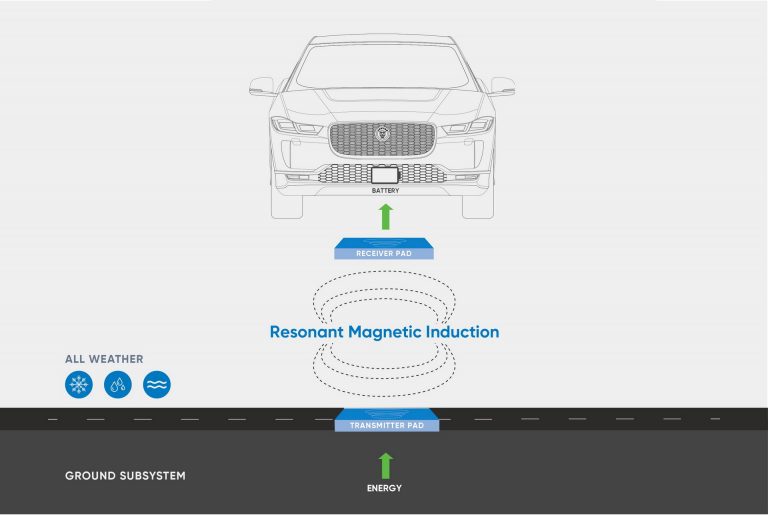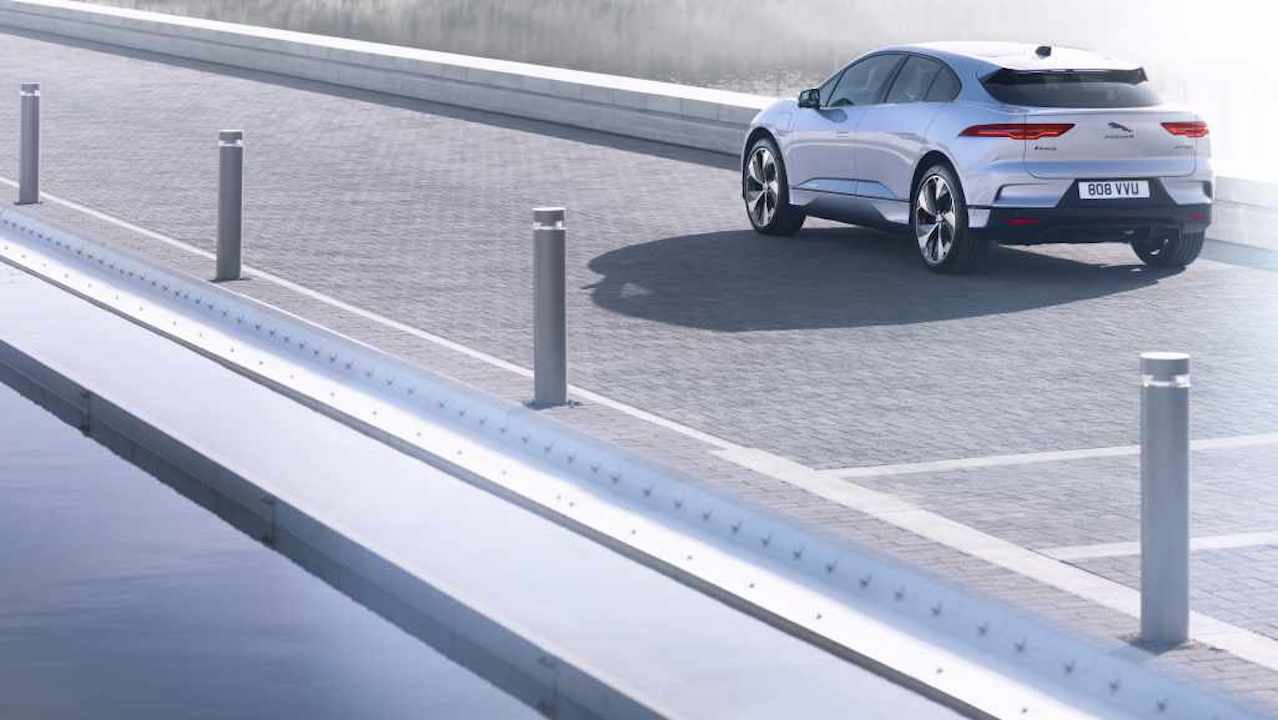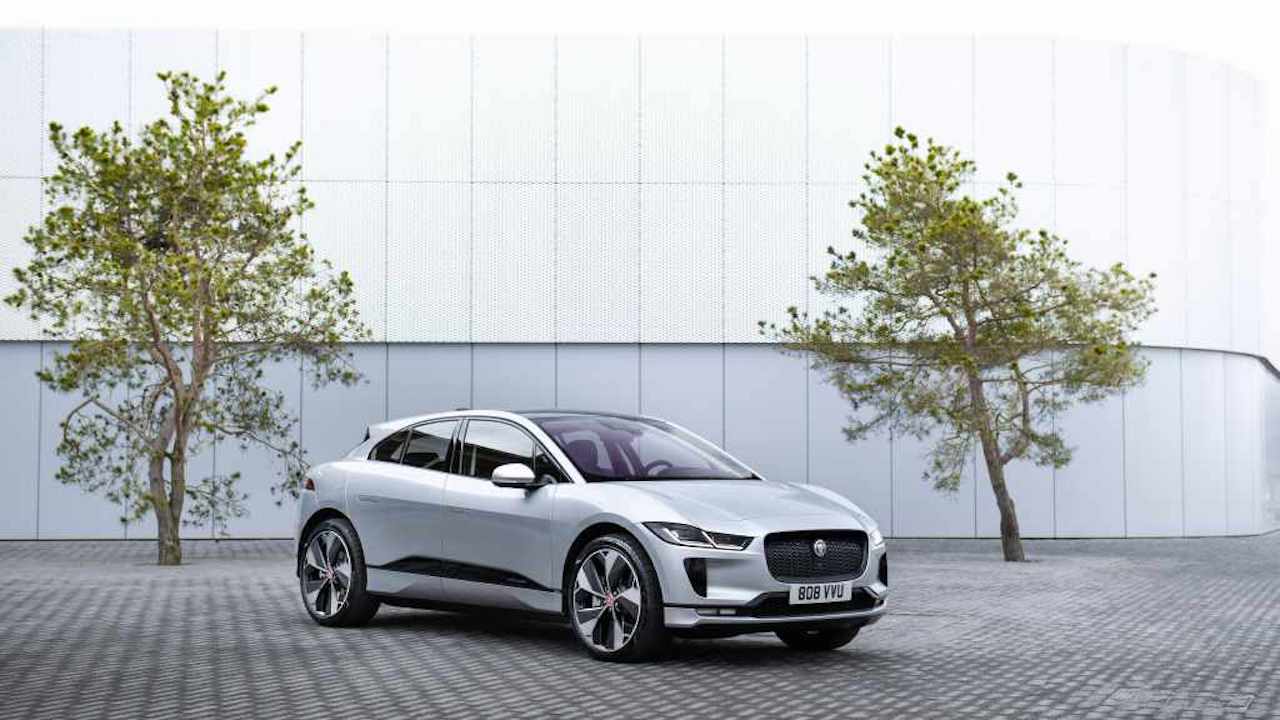Jaguar Land Rover will be testing a new wireless charging technology in the city of Oslo, collaborating with fleet taxi aggregate Cabonline and technology partners Fortum Recharge along with Momentum Dynamics through the ‘Electricity’ program to build a network of high-powered wireless charging stations for fleet taxis, says a report.
The British brand will be providing 25 Jaguar I-Pace vehicle to Cabonline and Momentum Dynamics will be developing the wireless technology and the installation and electrification will be done by Fortum Recharge. The wireless charging stations can be deployed almost anywhere and the I-Pace models are designed to be enabled by the charging system with the help of engineers from both Jaguar and Momentum Dynamics.
The new wireless system will allow taxi drivers to recharge their vehicles without having the need to divert and go off route thus reducing downtime. The charging system will be installed in the ground with 50kW to 70kW multiple charging plates in a series around various pick-up and drop-off points, that will allow the taxis to recharge while waiting for the next passenger.
The wireless system delivers 6-8 minutes of energy per charge for up to 50kW and the taxi’s can receive multiple charges throughout the day keeping them online for a longer period of time and reduce driving range restrictions.
The Jaguar I-Pace is powered by two electric motors one on each axle with a combined output of 400 PS of power and 696 Nm of torque. The brand has also upgraded the I-Pace with an 11kW onboard charger as standard that enables fast charging to customers with three-phase electricity and is ideal for overnight charging. The Jaguar I-Pace comes with a range of up to 470km on the WLTP cycle from its 90kWh battery.
In other news, an electrified version of the next-generation Jaguar XJ has been spotted testing abroad which is likely to have a 100% electric powertrain underneath the hood. The next-generation model will be built on the JLR D2a Modular Longitudinal Architecture developed to be used for All-Electric, Plug-In Hybrid as well as Mild Hybrid vehicles.




